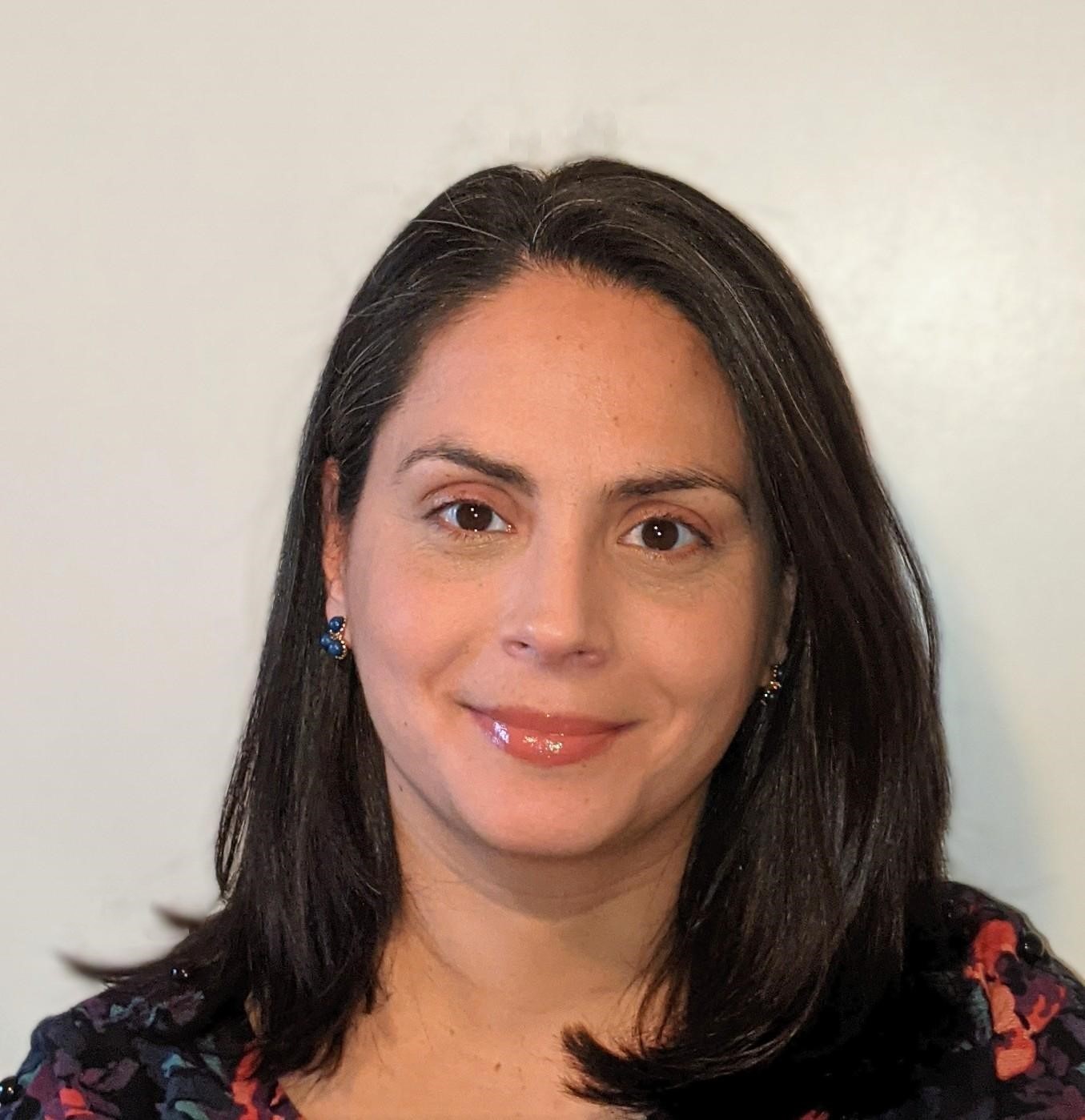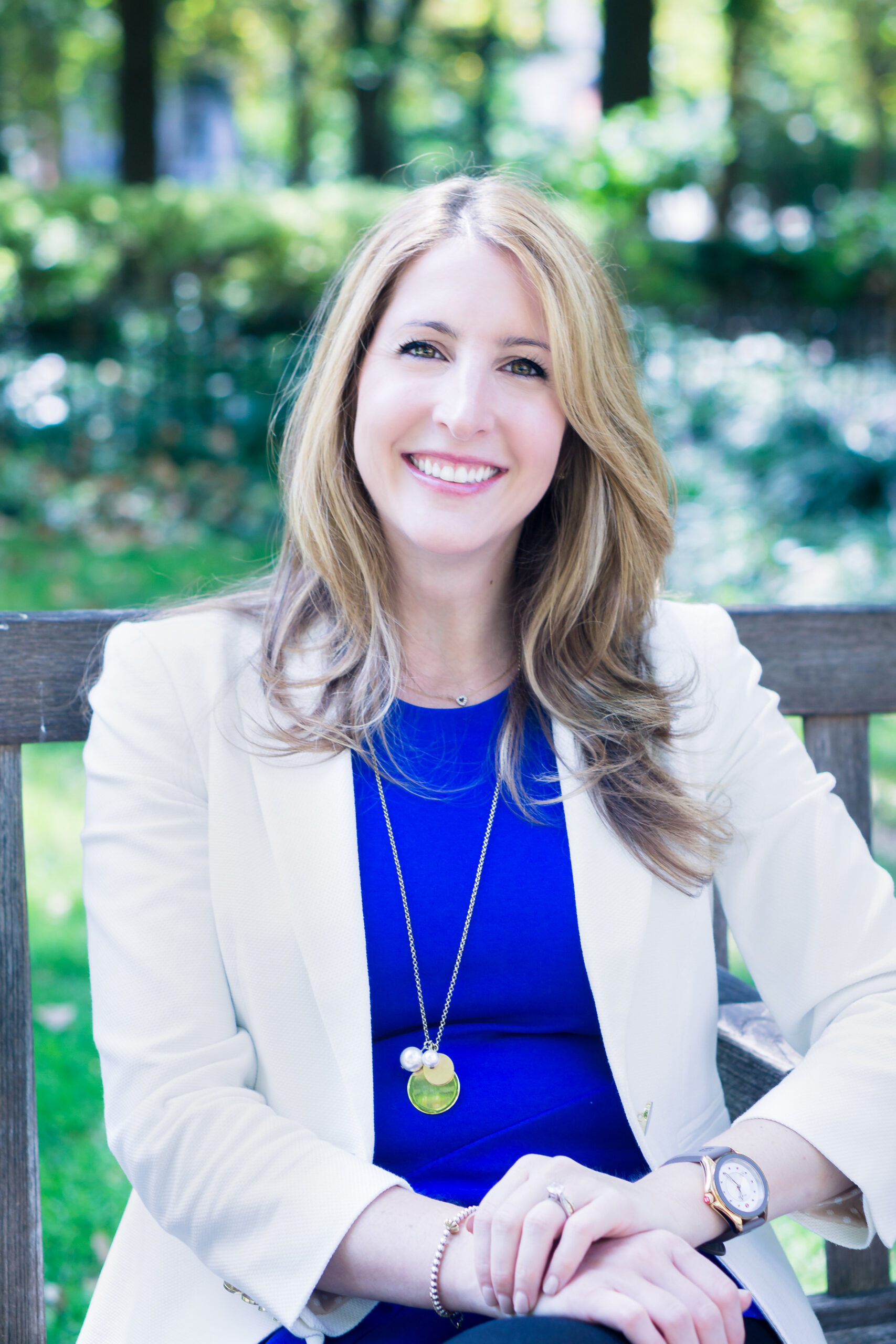Get Involved

 Become a Thought Partner
Become a Thought Partner
Partner with us to produce thought leadership that moves the needle on behavioral healthcare.
 Other options to get involved
Other options to get involved

Thank you!
We received your information and will be in contact soon!
Get Involved

 Grantmaking
Grantmaking
We fund organizations and projects which disrupt our current behavioral health space and create impact at the individual, organizational, and societal levels.
 Participatory Funds
Participatory Funds
Our participatory funds alter traditional grantmaking by shifting power
to impacted communities to direct resources and make funding decisions.
 Special Grant Programs
Special Grant Programs
We build public and private partnerships to administer grant dollars toward targeted programs.
 Program Related Investments
Program Related Investments
We provide funds at below-market interest rates that can be particularly useful to start, grow, or sustain a program, or when results cannot be achieved with grant dollars alone.
Get Involved

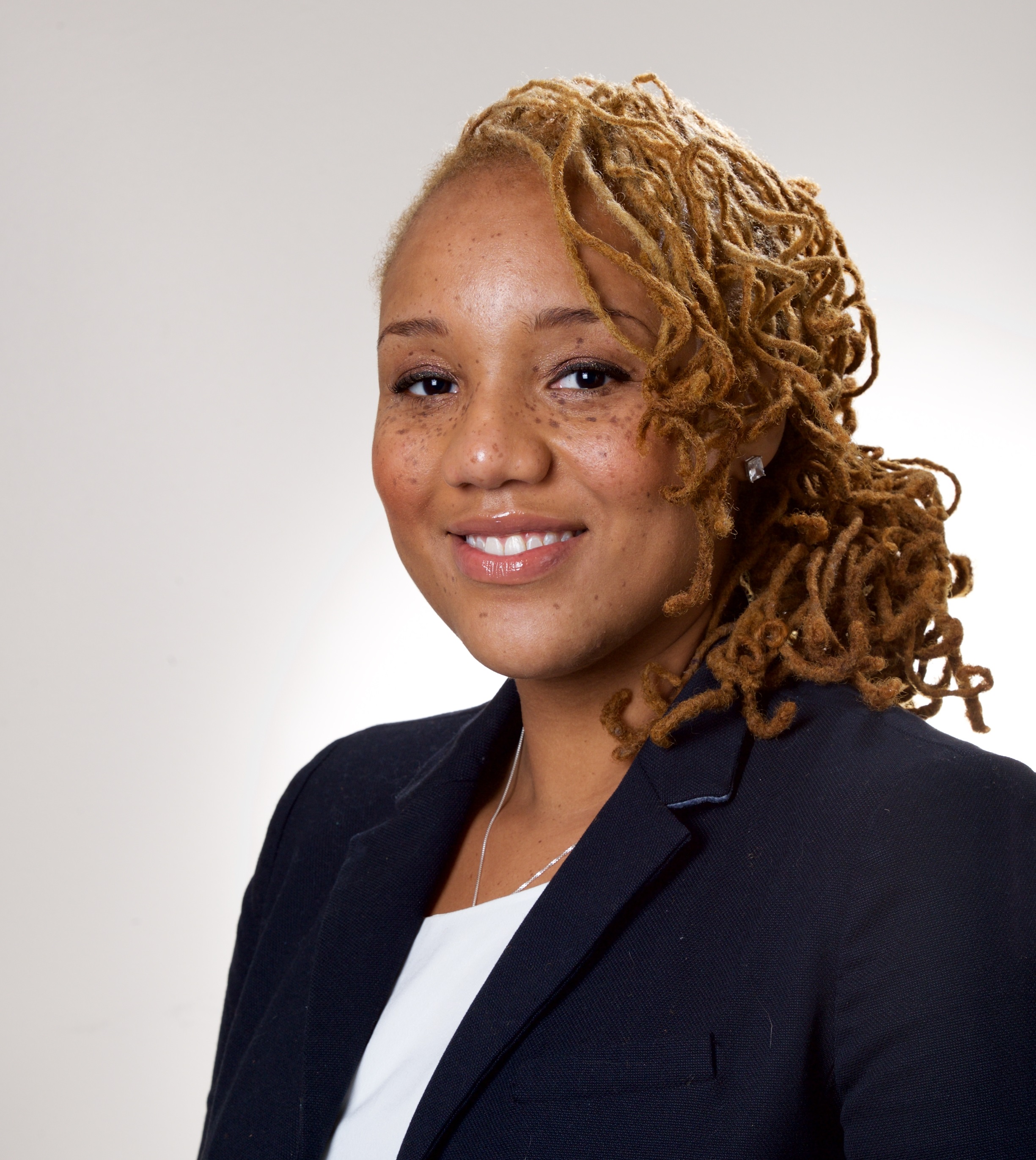 Tia Burroughs Clayton, MSS
Tia Burroughs Clayton, MSS
Learning and Community Impact Consultant
Add some text here
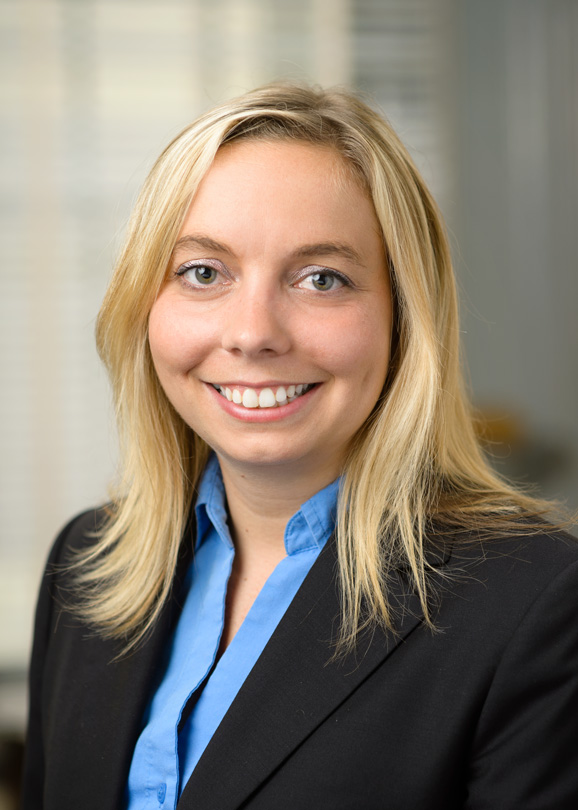 Alyson Ferguson, MPH
Alyson Ferguson, MPH
Chief Operating Officer
Contact Alyson about grantmaking, program related investments, and the paper series.
 Samantha Matlin, PhD
Samantha Matlin, PhD
Senior Learning & Community Impact Consultant
Contact Samantha about program planning and evaluation consulting services.
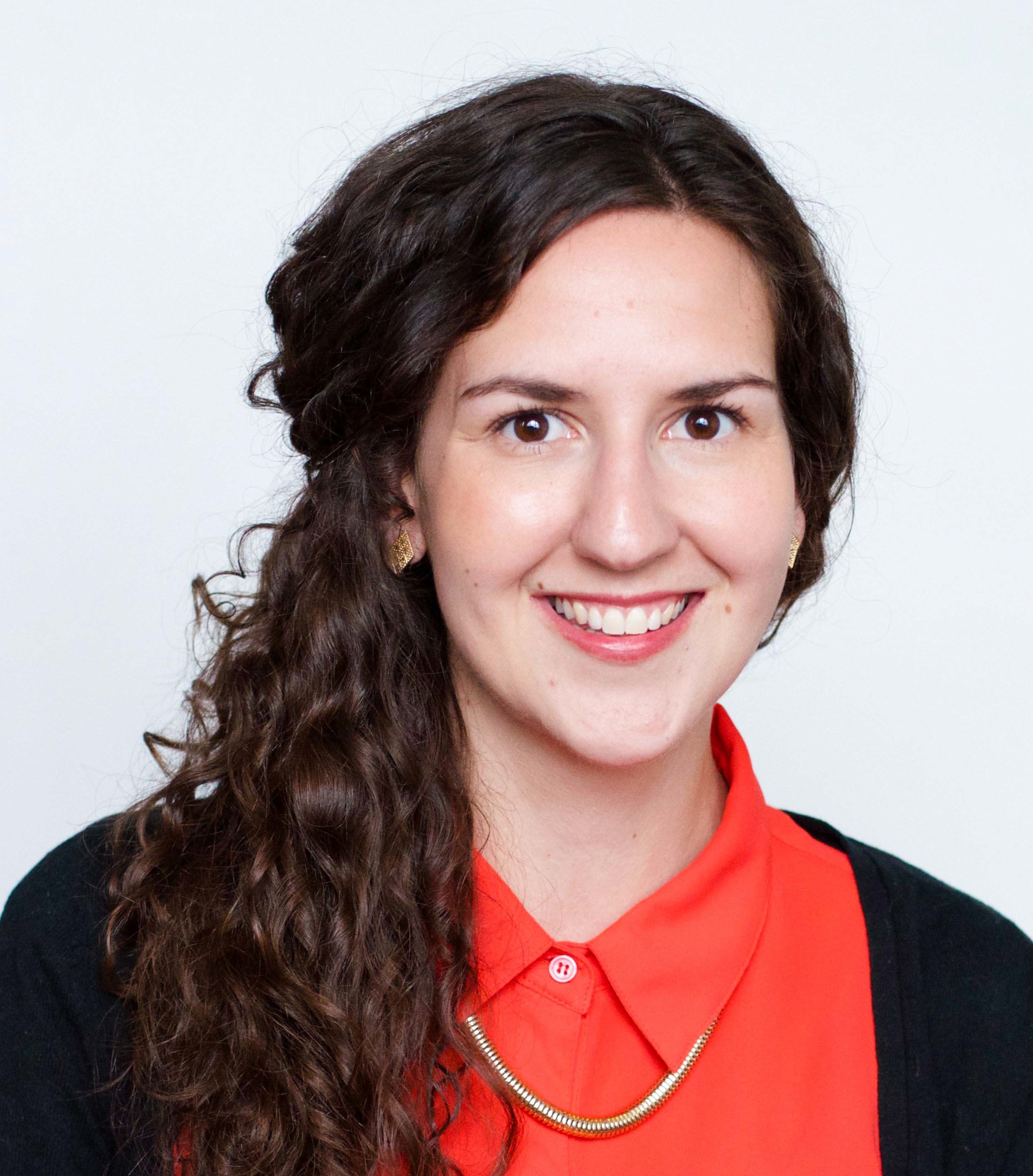 Caitlin O'Brien, MPH
Caitlin O'Brien, MPH
Director of Learning & Community Impact
Contact Caitlin about the Community Fund for Immigrant Wellness, the Annual Innovation Award, and trauma-informed programming.
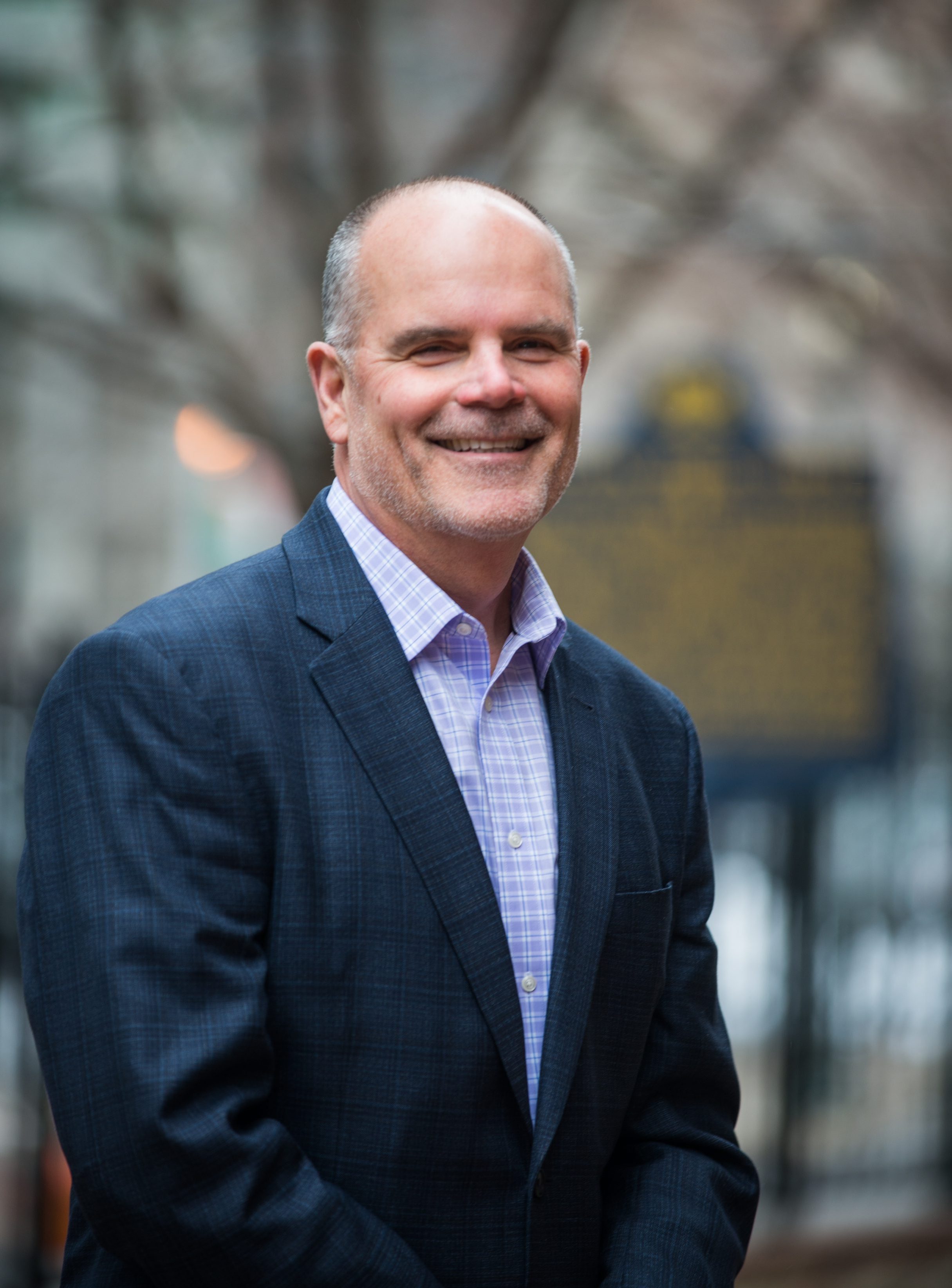 Joe Pyle, MA
Joe Pyle, MA
President
Contact Joe about partnership opportunities, thought leadership, and the Foundation’s property.
 Bridget Talone, MFA
Bridget Talone, MFA
Grants Manager for Learning and Community Impact
Add some text here
Chasing Hope Foundation
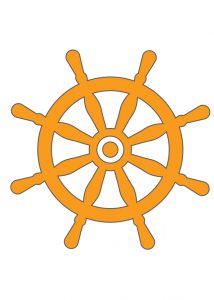
Program Website
Year:
2018State:
IllinoisWinner Status:
ApplicantProgram Type:
Policy and Systems ChangeTarget Population:
Children and AdolescentsSetting:
Long-Term Residential Care FacilityProgram Description
The Chasing Hope Foundation celebrates its 5th anniversary in 2018. In that time, we have worked tirelessly to create what so many families need, yet do not have: a local residence where their child can live while they attend a therapeutic day school. Traditionally, a student living with a mental health concern who required 24/7/365 support, structure and supervision in order to succeed academically, has had to relocate to an out of state boarding school. In doing so, families become separated, children leave the communities they have called home and school districts incur unsustainable financial obligations for years at a stretch. While other supportive housing options exist with a community setting, children under the age of 18, and children who are not in care of the state and those who do not have a developmental disability, are generally ineligible. Nursing homes are not an appropriate setting and at times, families establish separate residences to provide the environment in which their child can thrive. Establishing an attractive, community-based alternative for families, students and school districts is a concept whose idea has come. Lower costs and better outcomes for all stakeholders is not only possible, but the new norm.
Creativity
No other school district in the United States has created an attractive residential alternative for a student with extensive mental health need. Generally, once a student’s educational needs have been identified and IEP created to meet those needs, school district administrators have few options beyond their community. Since few, if any, local supportive housing is available to, and appropriate for, students under the age of 18 living with a brain disorder. Typically, a district’s only resource is a therapeutic boarding school, usually located out of state; This is due primarily to the student not having a place to live while they are attending a therapeutic day school. Like a Ronald McDonald House meets the needs of out of town families seeking medical care, the Chasing Hope House would meet the needs of families already living in the community as a means of staying local. Lower costs with better outcomes.
Leadership
The beauty of our work is that we are creating the template for other school districts throughout the country to emulate. Unlike the design of traditional supportive housing, the model of support, structure and supervision provided within a Chasing Hope House is tailored to the unique needs of students living with autism and related brain disorders. For the past five years, the organization’s Board of Directors and Founder have reached out to community leaders, business owners, houses of faith, parents, advocacy groups, school administrators, support groups, along with elected and appointed officials to share our vision. Our approach in engaging others is to illustrate how having an attractive, local option results in lower costs to the school district, keep families together, increases the chances of paid employment following high school graduation. The response has been overwhelmingly positive and offers of support have followed.
Sustainability
Once the house is up and running, operational funding becomes self-sustaining. Rather than the school district sending a check to an out of state boarding school, the school district will be able to keep the dollars within the community from which they came, taxpayers also realize a benefit. Estimates of cost savings can average $50,000 per year, per student, depending on the school district. The Chasing Hope House lowers costs to the school district, keeps students in the communities they call home and increases the likelihood of paid employment after high school graduation. When parents and the IEP team reach agreement that a student would benefit from a residential placement, without any local options, families become needlessly separated. The parent organizations who have had children in residential care are strongly supportive of maintaining a therapeutic residence in their communities.
Replicability
The template of how to establish a Chasing Hope House is simple and replicable. Once a school district decides to adopt this alternative to separating families and unsustainable costs, they can learn what steps to take, factors to consider, stakeholders to engage and funding to secure. As each school district is unique, local traditions should be honored, while incorporating the best practices of modern therapeutic support. The core of the work is applicable to any community and the financial benefit will be realized by taxpayers. The heart of the template is a commitment to attracting the highest-level of relationship-based team members to support the growth of children living in the residence. Providing the guidance on how to do that, in addition to highlighting the resources available within a community, add up to an easy and simple navigation of the process.
Results/Outcomes
The essence of the Chasing Hope Foundation’s mission is to lower costs, and improve outcomes, for families raising children living with autism and related brain disorders. As parents seek to redefine what success looks for their child, a certain level of interdependence upon high school graduation becomes part of the IEP process. Outcomes for students remaining in their home community are numerous and measurable. The first unit of measurement is a reduction of the school district’s expenditure on out of district placements. The difference in spending can be monitored quarterly and can be compared to prior years. Students living within the community can increase their opportunities for paid employment by apprenticing, interning and volunteering with local businesses. The high school can monitor rates of employment, which can be compared against the number of students receiving SSI (Supplemental Security Income).








